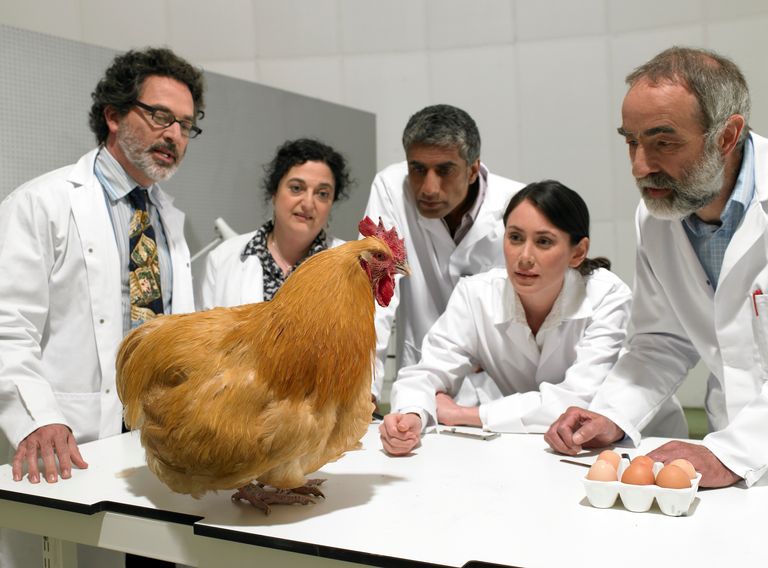Scientists Revealed The Bizarre Reason Animals Age Faster Than Humans
Every dog lover out there has heard the idea that every year of a dog’s life is equivalent to seven human years. It’s basically a way of conceptualizing the differences in the life cycles of our two species, because the sad fact of the matter is that pooches just don’t live anywhere near as long as humans. But this one to seven ratio: why does it exist? Does it actually have a basis in scientific fact? Well, the truth is actually way more complicated than that.
Taking the question seriously
Researchers from the school of medicine at the University of California have actually looked into this question properly. It’s a complicated matter, but we’ll do our best to wrap our heads around it. The scientists analyzed the way in which molecules known as “methyl groups” heaped together in specific parts of the human genome. They then looked at the same thing in the dog genome and compared the two. While many of us might struggle to fully understand that, we can still look at their results. They basically worked out, through this process, that a dog year isn’t the same as seven people years.
100 Labradors
The researchers looked at the genetics of 100 or so Labrador retrievers of different ages for the study, from puppies to old dogs. Based on that, they found that methyl groups accumulate in the dog genome really rapidly in the first year of a pooch’s life. In essence, this means they age really quickly during this period. But this is where things get interesting, because they also found this process slows down as a dog gets older. In other words, aging for dogs is by no means a straightforward, steady process.
Maturing quickly
To try and conceptualize this in a way we might understand, we can say a one-year-old pup is not equivalent to a seven-year-old human. In fact, it’s actually more like 30. That’s right! A one-year-old dog is so mature, in terms of its own species, that it’s equivalent to a human being of 30. But after that first year of a dog’s life, the aging process slows down quite considerably. That means that by the time a dog is 14, it’s about the same as a person being in their mid-70s.
More research to be done!
Of course, this study revolved around quite a limited sample size. A group of 100 dogs really isn’t that much to go on, plus they were all the same breed. To gain a more accurate and comprehensive understanding of how dogs of all types age, a range of breeds will need to be studied — not just Labradors! Still, this is definitely a start toward gaining a better understanding of how our best friend works. Their experience of aging, it seems, is just so different to anything we’d recognize in ourselves.

